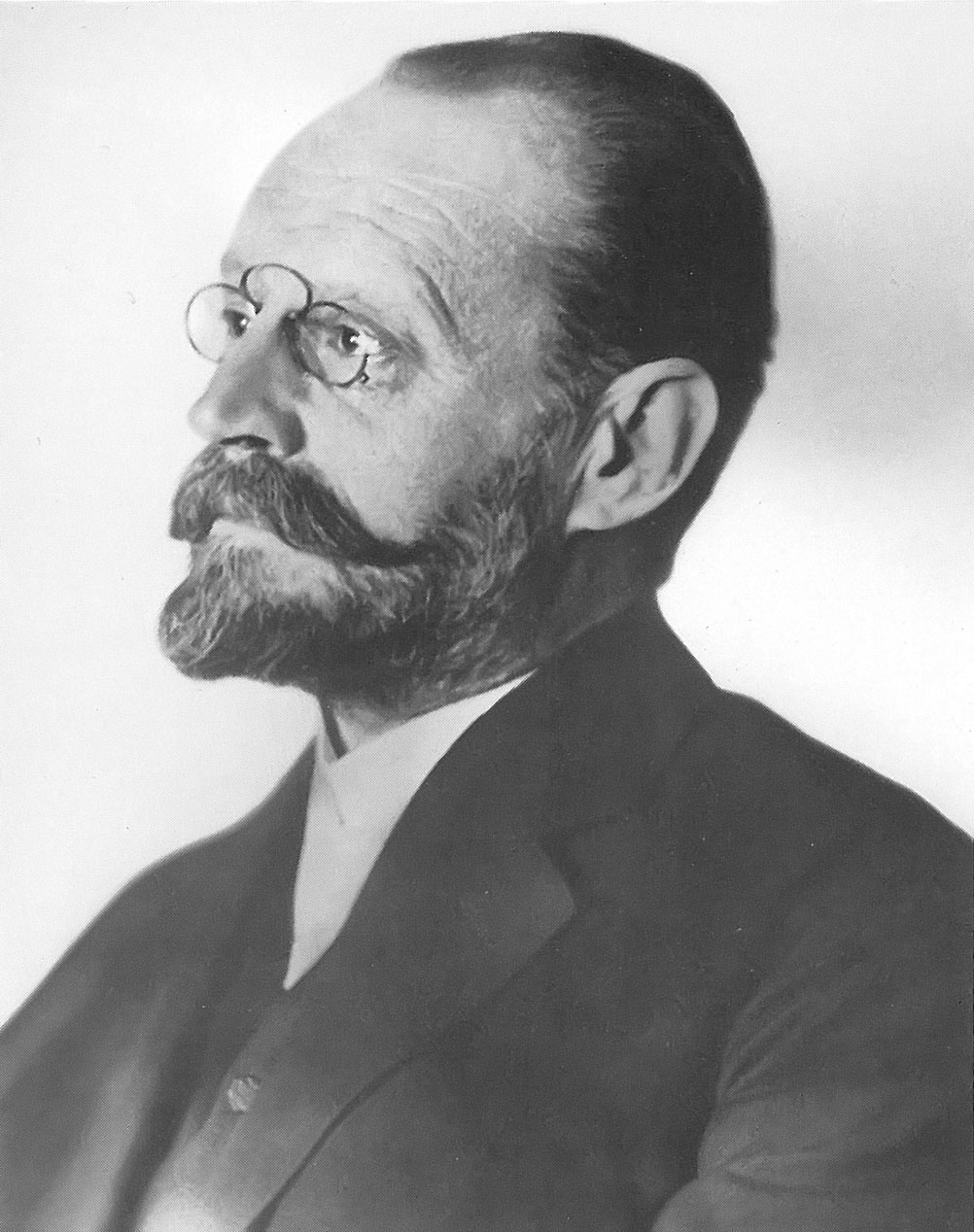|
Praseodymium Trifluoride
Praseodymium(III) fluoride is an inorganic compound with the formula PrF3, being the most stable fluoride of praseodymium. Preparation The reaction between praseodymium(III) nitrate and sodium fluoride will obtain praseodymium(III) fluoride as a green crystalline solid: : Pr(NO3)3 + 3 NaF → 3 NaNO3 + PrF3 There are also literature reports on the reaction between chlorine trifluoride and various oxides of praseodymium (Pr2O3, Pr6O11 and PrO2), where praseodymium(III) fluoride is the only product. The reaction between bromine trifluoride and praseodymium oxide left in the air for a period of time also produces praseodymium(III) fluoride, but the reaction is incomplete; the reaction between praseodymium(III) oxalate hydrate and bromine trifluoride can obtain praseodymium(III) fluoride, and carbon is also produced from this reaction. Praseodymium(III) fluoride can also be obtained by reacting praseodymium oxide and sulfur hexafluoride at 584 °C. Properties Physical Praseody ... [...More Info...] [...Related Items...] OR: [Wikipedia] [Google] [Baidu] |
Inorganic Compound
An inorganic compound is typically a chemical compound that lacks carbon–hydrogen bondsthat is, a compound that is not an organic compound. The study of inorganic compounds is a subfield of chemistry known as ''inorganic chemistry''. Inorganic compounds comprise most of the Earth's crust, although the compositions of the deep Mantle (geology), mantle remain active areas of investigation. All allotropes (structurally different pure forms of an element) and some simple carbon compounds are often considered inorganic. Examples include the allotropes of carbon (graphite, diamond, buckminsterfullerene, graphene, etc.), carbon monoxide , carbon dioxide , carbides, and salt (chemistry), salts of inorganic anions such as carbonates, cyanides, cyanates, thiocyanates, isothiocyanates, etc. Many of these are normal parts of mostly organic systems, including organisms; describing a chemical as inorganic does not necessarily mean that it cannot occur within life, living things. History ... [...More Info...] [...Related Items...] OR: [Wikipedia] [Google] [Baidu] |
Praseodymium(III) Oxalate
Praseodymium(III) oxalate is an inorganic compound, a salt of praseodymium metal and oxalic acid, with the chemical formula C6O12Pr2. The compound forms light green crystals that are insoluble in water. It also forms crystalline hydrates. Preparation Praseodymium(III) oxalate can be prepared from the reaction of soluble praseodymium salts with oxalic acid Oxalic acid is an organic acid with the systematic name ethanedioic acid and chemical formula , also written as or or . It is the simplest dicarboxylic acid. It is a white crystalline solid that forms a colorless solution in water. Its name i ...: ::\mathsf Properties Praseodymium(III) oxalate forms crystalline hydrates (light green crystals): Pr2(C2O4)3•10H2O. The crystalline hydrate decomposes stepwise when heated: ::\mathsf Uses Praseodymium(III) oxalate is used as an intermediate product in the synthesis of praseodymium. It is also applied to colour some glasses and enamels. If mixed with certain other materials, ... [...More Info...] [...Related Items...] OR: [Wikipedia] [Google] [Baidu] |
Praseodymium(III) Compounds
Praseodymium is a chemical element; it has symbol Pr and atomic number 59. It is the third member of the lanthanide series and is considered one of the rare-earth metals. It is a soft, silvery, malleable and ductile metal, valued for its magnetic, electrical, chemical, and optical properties. It is too reactive to be found in native form, and pure praseodymium metal slowly develops a green oxide coating when exposed to air. Praseodymium always occurs naturally together with the other rare-earth metals. It is the sixth-most abundant rare-earth element and fourth-most abundant lanthanide, making up 9.1 parts per million of the Earth's crust, an abundance similar to that of boron. In 1841, Swedish chemist Carl Gustav Mosander extracted a rare-earth oxide residue he called didymium from a residue he called "lanthana", in turn separated from cerium salts. In 1885, the Austrian chemist Carl Auer von Welsbach separated didymium into two elements that gave salts of different colours, whi ... [...More Info...] [...Related Items...] OR: [Wikipedia] [Google] [Baidu] |
